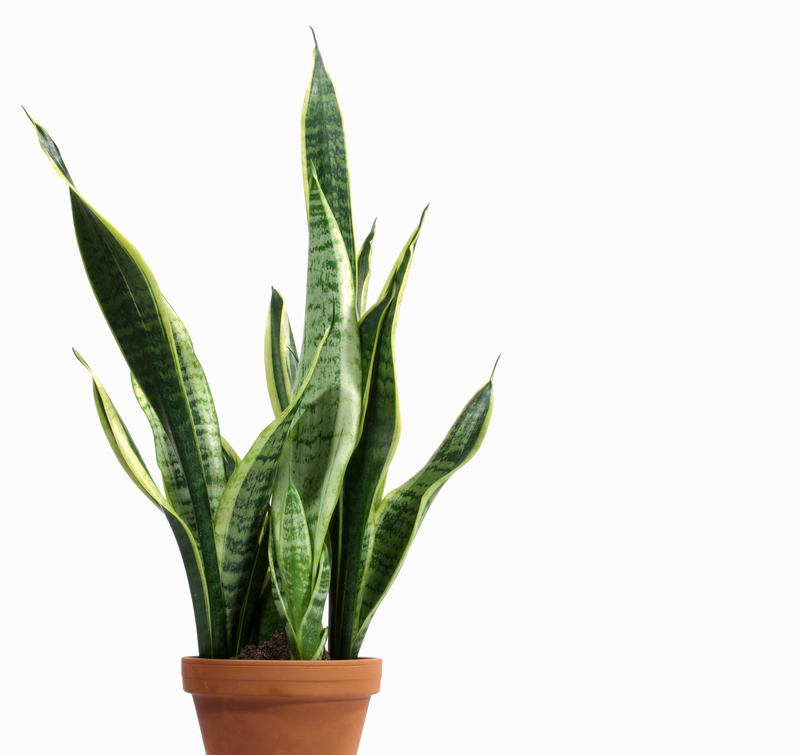How to Foster Strong Grass from Seed
Posted on 21/03/2025
Growing a lush, green lawn from seed can be a rewarding project, but it requires patience, proper techniques, and consistent care. This comprehensive guide will walk you through the steps necessary to foster strong grass from seed, from preparation to aftercare.
Preparation: Choosing the Right Grass Seed
Before you start, it's essential to choose the right grass seed for your region and soil type. Consider the climate and the amount of sunlight your lawn receives. For instance:
- Cool-season grasses (like fescue and Kentucky bluegrass) are ideal for cooler climates.
- Warm-season grasses (like Bermuda and Zoysia) thrive in warmer regions.

Soil Testing and Preparation
Start by testing your soil to determine its pH level and nutrient content. Grass thrives in slightly acidic soil with a pH of about 6.0 to 7.0. You may need to amend the soil with lime to raise the pH or sulfur to lower it, depending on the results.
Loosen the top 6 inches of soil using a tiller or a shovel. Remove any debris, rocks, or weeds. Adding organic matter such as compost or well-rotted manure can greatly improve soil structure and fertility.
Seeding Your Lawn
Spread the seeds evenly using a broadcast spreader. It's crucial to follow the recommended seed rates found on the seed packaging. Over-seeding can lead to competition among seedlings, while under-seeding creates bare spots.
For even coverage, it's a good idea to spread half the seed walking in one direction and the other half walking perpendicular to the first pass.
Raking and Firming the Soil
Lightly rake the soil to ensure the seeds are covered with a thin layer of soil (about 1/8 to 1/4 inch deep). This helps protect the seeds and keeps them moist. Then, use a lawn roller to gently firm the soil, ensuring good seed-to-soil contact.
Watering: The Key to Germination
Water is crucial for seed germination. Keep the soil consistently moist, but not waterlogged. Water lightly several times a day for the first few weeks. Once the seeds germinate, gradually reduce the frequency of watering while increasing the amount.
Fertilizing and Mulching
Use a starter fertilizer high in phosphorus to support root growth. Follow the manufacturer's instructions for application. On top of the fertilizer, you can apply a thin layer of mulch made from straw or grass clippings to retain moisture and protect the seeds.
Mowing for Healthy Growth
Once the grass reaches about 3 inches, it's time for the first mow. Set your mower to its highest setting to avoid stressing the new grass. Regular mowing encourages the grass to grow thick and strong.
Ongoing Lawn Care
Continue to water your lawn as needed, keeping it moist but not saturated. Fertilize your lawn periodically throughout the growing season with a balanced fertilizer. Weed control is also essential; hand-pull weeds or use a selective herbicide if necessary.
Pros and Cons of Growing Grass from Seed
Pros:
- Cost-effective compared to sod.
- Wide variety of grass types available.
- Provides a sense of accomplishment.
Cons:
- Requires patience and consistent care.
- Vulnerable to erosion before establishment.
- Initial results can be patchy.
Tips for Success
1. Timing: Seed in fall or spring when temperatures are mild.
2. Soil Care: Regularly test soil and amend as needed.
3. Dethatch and Aerate: Removing thatch and aerating the soil promotes root growth.
4. Disease Management: Keep an eye out for signs of disease and treat promptly.
5. Pest Control: Use safe and effective methods to manage pests.

Takeaways
- Choose the right seed for your climate and soil.
- Prepare the soil adequately before seeding.
- Keep the soil consistently moist during germination.
- Fertilize and mulch to support new growth.
- Regularly mow and maintain your lawn for ongoing health.
Conclusion
Fostering strong grass from seed requires preparation, patience, and consistent care. By selecting the right seed, preparing your soil, and following a diligent care routine, you can achieve a lush, green lawn that boosts your home's curb appeal and outdoor enjoyment. Remember, the key to a successful lawn is ongoing maintenance and attention to detail.
Direct Answer: To foster strong grass from seed, choose the appropriate seed for your region, prepare and amend your soil, seed evenly, water consistently, and provide ongoing care with fertilization, mowing, and weed control.












